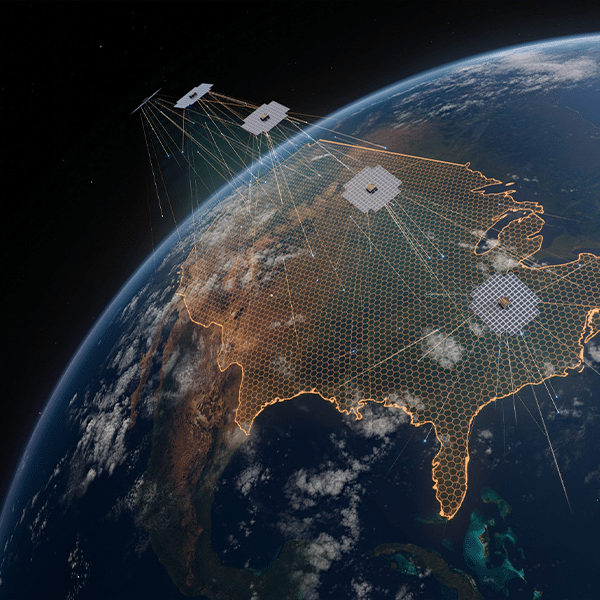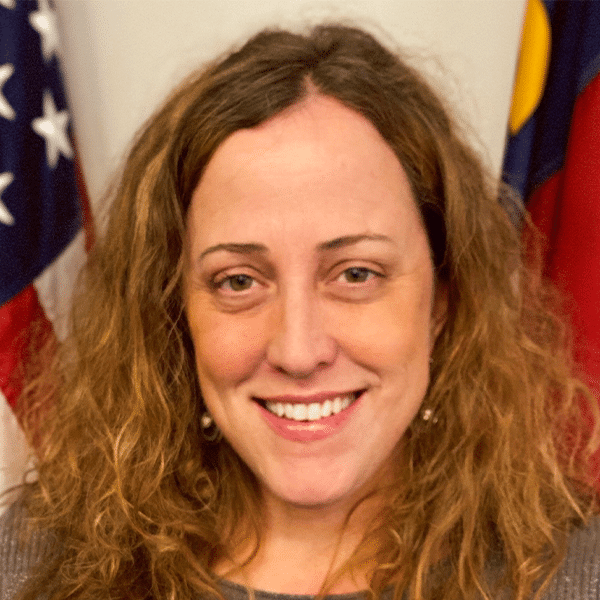AST SpaceMobile, which is building a space-based broadband network available to smartphones for commercial and governmental applications, closed on a $100 million equipment financing facility last week.
The financing, which was led by Trinity Capital Inc., was non-dilutive and will be used to accelerate manufacturing and network deployment this year and next.
“This new non-dilutive financing enables AST SpaceMobile to continue its strong momentum executing against its accelerated operational plans,” said AST SpaceMobile Chief Financial Officer Andrew Johnson in a press release.
“This facility is the first such type of financing agreement for the company and reflects our stage of rapid growth and transition from Research & Development to full-scale manufacturing and network deployment.”
The additional liquidity includes $25 million drawn at closing against previously purchased equipment and is available through 2031. The AST SpaceMobile financing uses existing and planned equipment as collateral and aims to “fit into a more mature, long-term capital structure.” This will enable future debt capital.
Frontier Funding defines non-dilutive financing — the type AST SpaceMobile just obtained — as a form of financing in which the business maintains complete ownership of the business. The website cites grants and loans as examples of non-dilutive financing.
The direct-to-device (D2D) startup was set to gain spectrum via the settlement of a lawsuit between the spectrum holder — Ligado Networks — and Inmarsat/Viasat. Last month, the three parties announced a settlement term sheet that gives AST SpaceMobile gain long-term spectrum usage rights to 40 MHz of L-band spectrum in the U.S. and Canada and an additional 5 MHz in the 1670-1675 MHz band in the U.S. Those bands traditionally have been used for other types of satellite services.
In April, AST SpaceMobile and the U.S. National Science Foundation (NSF) announced that they would use best practices between ground-based optical, infrared, and radio astronomy observations. The goal is to minimize interference with astronomical research.
Image courtesy of AST SpaceMobile.



